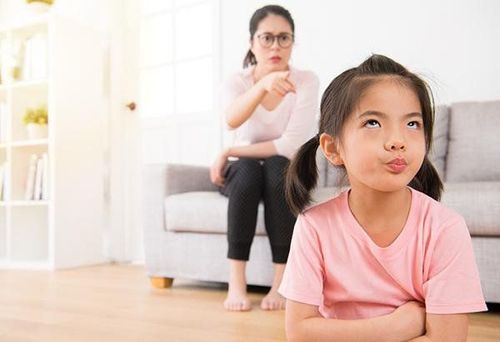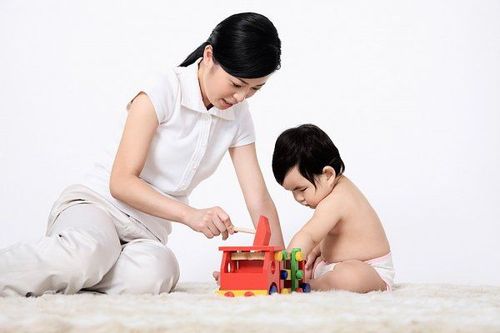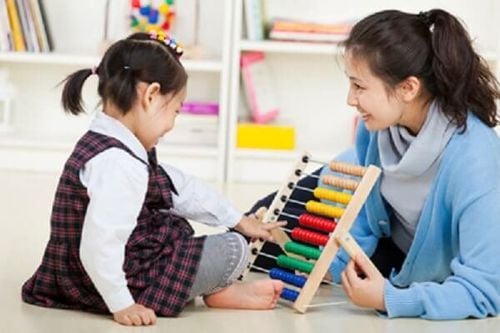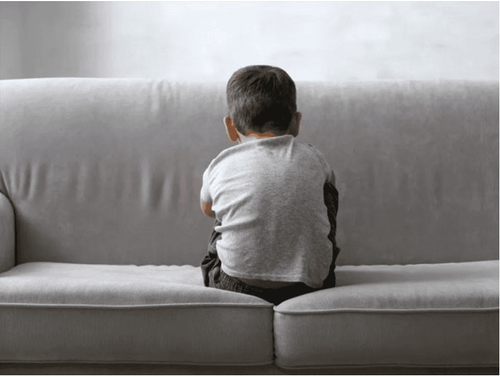This is an automatically translated article.
Post by MSc Tran Ngoc Ly - Psychologist - Unit of Regenerative Medicine Clinic and Educational Psychology - Vinmec Times City International General Hospital
Scientists have done a lot of research on emotions, also giving many definitions of emotions such as "emotion is a response to important internal and external events" or "Emotion consists of a set of coordinated responses, which may include mechanisms through speech, physiology, behavior, and neural pathways". The following article suggests how to choose play activities to increase happiness hormones for children.
1. Definition and role of emotions Emotions are a very important part of our psychological life, which can be expressed in actions, activities, words or hidden in our thoughts. thoughts, which we often cannot control. In psychology, emotions have a reciprocal relationship with behavior and cognition, which can govern as well as be influenced by this factor. In real life, emotions have many roles as follows:
Emotions can motivate us to act Emotions help us survive, develop and avoid danger Emotions help us make decisions Emotions help people understand each other Emotions help us understand others
2. Are emotions a problem in children with autism? For children with autism, their core difficulty is a persistent impairment in communication and social interaction. Many children can be seen showing deficiencies in socio-emotional communication, ranging from abnormal social approaches and poor back-and-forth communication; to reduced sharing of interests, feelings or emotions; poor initiating or responding to social interactions.
Can give some relevant examples such as:
Little care, sharing with others Does not express one's emotions appropriately Doesn't need the comfort of others Unsuitable social response Inability to spontaneously share joys or concerns with others Since then, it can be seen that difficulties in understanding and expressing emotions are also one of the main difficulties of children with autism, contributing to the development of relationship building, children's interactions with others will be more difficult. Thus, guiding the identification of emotions of self and others, and controlling negative emotions is also one of the ways to support children with autism in life.
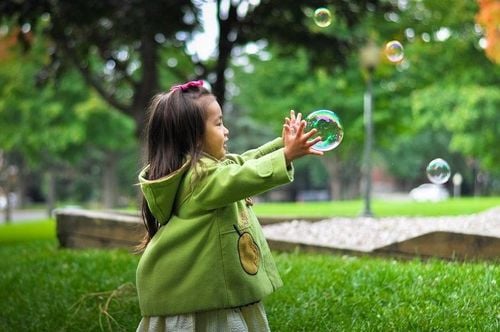
3. Categorize Emotions There are many ways to categorize emotions. Some scientists classify emotions into 6 basic emotions such as: Happy / Sad / Anger / Fear / Surprise / Excited
There is another way to divide it into Positive Emotions and Negative Emotions . Positive Emotions, according to Cabanac, are mental experiences with pleasant endings. Similarly, psychology professor Fredrickson also considers positive emotions to be good emotions that indicate human flourishing. Some Positive Emotions can be listed as excitement, happiness, passion, pride, comfort, warmth, love, peace, peace of mind, respect, honor, romance, feeling success, excitement, satisfaction, joy, joy....
In addition, medical studies show that positive emotions activate physiological functions such as the endocrine system, the immune system, the neurotransmitters, causing the body to release hormones like endorphins, serotonin, dopamine, oxytocin, can help strengthen the immune system, lead to increased body resistance, sometimes create miracles, help children people overcome serious diseases.
Negative emotions are emotions that we don't usually feel happy to experience. Negative emotions can be defined as "unsatisfactory or unhappy emotions evoked in a person to show the negative effect of an event or a person" (Pam, 2013). If an emotion discourages you or pulls you down, it is most likely a negative emotion.
Both types of emotions are necessary and important in our lives, but there needs to be a balance, or negative emotions should be minimized. Especially with autistic children, many children only stick to the things they like, when they are separated or when they can't do what they want, they feel uncomfortable, they also don't know how to change activities flexibly to make themselves happy. Therefore, adults need to guide more activities so that children can release their negative emotions.
4. How do happiness hormones work? There are 4 hormones that are considered to represent happy emotions: serotonin, dopamine, oxytocin and endorphins
First of all, the hormone Oxytocin - known as the hormone of love - makes us feel loved and trust others more. Besides the Endorphin hormone - also known as the euphoria hormone or the enemy of depression, there are also people who give the Endorphin group the nickname "the pain killer". This group of hormones will help us feel relaxed, excited, optimistic, love life, in addition, it also helps to increase resistance, reduce pain, reduce stress and slow down the aging process. Group 3 hormones Serotonin - the mood balancer - has a great impact on our emotional balance, helps regulate mood, fight depression or make each person have a better sleep. The final group is the hormone Dopamine – the reward chemical – this hormone is released when we strive to achieve a set goal. They energize us, push us to work with more energy, and increase our focus. These 4 hormones, when released, help people to increase positive emotions - an increase in a state of comfort, satisfaction, and can all be released when we participate in daily activities.
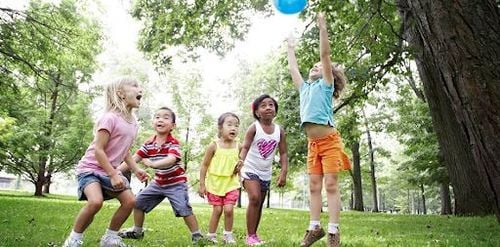
5. Activities you can do to boost your child's happiness Some children with autism are able to excite or entertain themselves with their own activities: enjoying sensory activities ( enjoy watching the wheel spin, feel safe when you need to hug a teddy bear, the feeling of climbing to release excess energy in the body,...), or it will be uncomfortable. when familiar activities are disrupted, when someone else interferes with their favorite activities. The task of each teacher/parent is to help children expand their activities, so that from those activities, the body releases happy hormones to help children be happier, thereby reducing stress and anxiety. negative emotions.
Some activities are easy to do with children, such as:
Activities related to playing with animals: when being played with, petting and giving cute animals such as dogs and cats , fish, rabbit ... eat, children will feel the love from the small animals, be released senses through the hands when touching the fur, stimulate the auditory senses when hearing calls and practice patience when taking care of them. Parents can guide children to bathe their pets with activities such as spraying water on people, drying people or using a dryer to dry them; Feed them by pouring dry food into a bowl or fetching water for them, take them for a walk or play with a ball, pet them when they are sad... Activities that involve physical contact such as holding hands or hug each other tightly, such as finger massage, hand massage, back-foot massage, head massage, hug the whole child's body tightly.. Praise the child when he or she does well/or tries to do/or when he or she does. Try to participate in activities: there are many ways of praise such as high-five, verbal praise about the child's efforts "You are trying so hard", or praise the child's achievements, praise the children's achievements. What children do for their parents "Thank you for leaving food for me", or simply a big smile, excited surprise with the actions that children can do... are also available. can make children feel that they are doing well and that they are appreciated. Or sometimes a material reward like a piece of candy or a packet of snacks helps children feel happy. Especially the unexpected rewards with startling praise for the child's behavior will make them proud of themselves: “You did your homework very quickly today, so I will read you two books. I'm so proud of you." Exercise together, do sports, or teach children new activities such as: learning to ride a bike, learn to skate, practice dancing to music , yoga, dance practice, jogging, sunbathing, swimming.... Always start with activities that your child enjoys, and to a level that is acceptable to the child, as long as the activity allows the child to enjoy exercise and release energy. Activities that induce smiles: smiles can occur when children are exposed to interactive, physical games such as tickling, scissors, or simply holding a child's hand for a spin; Smiling can also happen when children are excited and interested in activities they think of themselves... All things to make a child smile are acceptable, if the child is allowed to laugh loudly and loudly. , with a refreshing smile and enjoyment is the best. Of course, more emphasis should still be placed on sharing smiles in interactions with others, rather than children getting excited on their own.
Activities about sensory experiences or related to real life: involve children in all activities of daily work such as preparing food, cooking rice, arranging dishes, shopping and choosing food for the family.... so that children can experience many things and enjoy the feeling of being able to do things. Make a specific plan and have clear goals: you will need to have a list of things your child needs to do and complete it with a sense of conquest, a sense of victory. You can start with the child's individual learning schedule, for example: today need to string 5 flowers, cut 5 circles and pick up chopsticks for the whole family at mealtime... Parents need to specify the content. in writing or in pictures for children to understand and perform easily.
Please dial HOTLINE for more information or register for an appointment HERE. Download MyVinmec app to make appointments faster and to manage your bookings easily.






